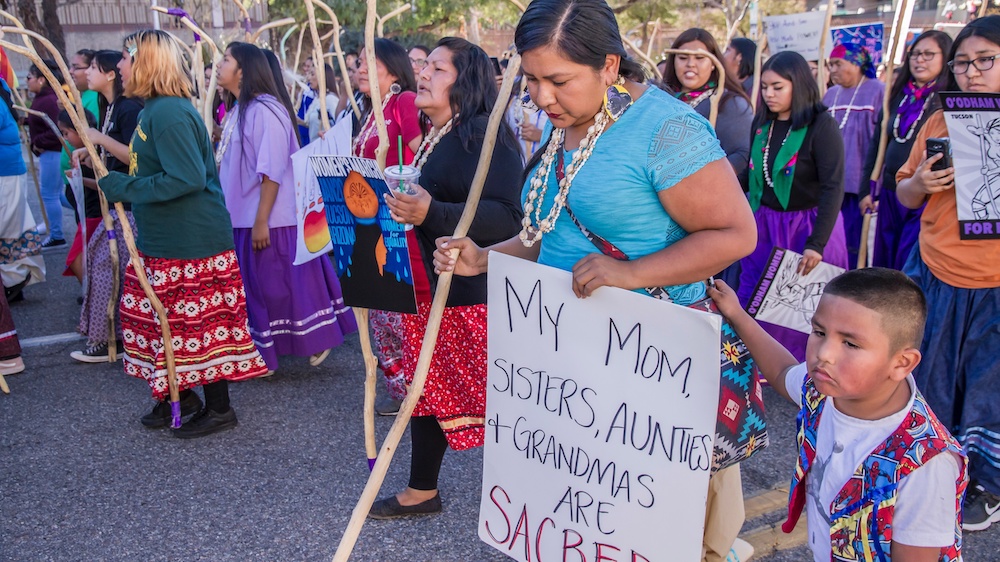If you’re interested in sharing your opinion on any cultural, political or personal topic, create an account here and check out our how-to post to learn more.
____
Co-written by Kathy Ramirez
____
As we celebrate and recognize Native American Heritage Month, it is vital to acknowledge the growing population, the socio-economic challenges and advancements in comparison to other ethnic groups. 10 years ago, the report "Challenges to Native American Advancement: The Recession and Native America" was released to shed light on the economic challenges of a population too often ignored. 10 years later, we see there is still too little written about the socio-economic reality of this land's first peoples and how racial economic inequality affects Native Americans.
There is a false perception that Native Americans are people of the past, with only remnants living on reservations. However, according to the World Population Review, the current total population of Native Americans in the United States is 6.97 million, which is drastically higher than the population of 500,000 in 1960. In regards to reservations, the 2010 U.S. Census Bureau data indicated that only 20% of American Indians and Alaska Native alone-or-in combination lived in them. For instance, the largest Native American populations are found in urban centers such as New York, Los Angeles, Phoenix, Oklahoma City and Anchorage. Alaska and New Mexico are the states with the highest percentage of Native Americans at about 14% and 9%, while Oklahoma and Arizona are the states with the largest overall Native American populations at 276,650 and 266,680.
It is also important to understand the socio-economic status of Native Americans and how it compares to other populations such as African American Americans, Hispanics and Whites. In too many areas, Native Americans have the lowest socio-economic indicators. The 2018 Bureau of Labor Statistics data reported that the unemployment rate among Native Americans was 6.6%, aligning closely to the percentage of African Americans at 6.5%, Hispanics at 4.7%, and Whites at 3.5%. Native Americans have a poverty rate of 25%, over 3 times the poverty rate of white Americans. Despite increases in educational attainment over the last 25 years, Native Americans have the lowest educational achievement rates in comparison to other national racial and ethnic groups, with only 14% of Native Americans having a bachelor’s degree or higher.To learn more about the socio-economic status of Native Americans, see the Native American Racial Wealth Divide Snapshot.
What is clear about the current socio-economic status of Native Americans is that their disenfranchisement is not only a part of U.S. history but a present-day reality that reminds us that we as a nation have not overcome our past and present sins. It is far past time that the United States take dramatic action to be inclusive of Native American people's who lands serves as the basis for what is today the wealthiest country in the world.
The formerly mentioned 10-year-old report, "Challenges to Native American Advancement: The Recession and Native America," highlights five pathways to target Native American economic advancement. These pathways were:
1. Improve Native Amerian census data collection
2. Increase Native American federal aid
3. Overhaul the Indian Health Service
4. Channel federal and state funds through tribal government
5. Targeted Native American job creation
These policies, along with the type of policy overhaul highlighted in "Ten Policy Solutions To Bridge the Racial Wealth Divide," is what is required to honor the indigenous peoples of this country truly and to address the wrong perpetrated against them to this day.
____
Dedrick Asante-Muhammad is the Chief of Race, Wealth, and Community at NCRC.
Kathy Ramirez is a NCRC Race, Wealth and Community intern.
